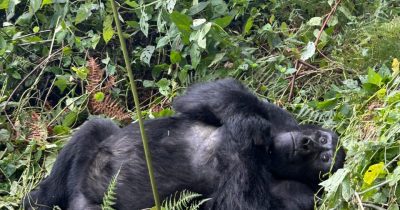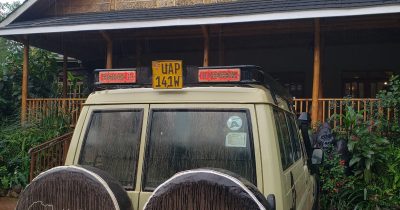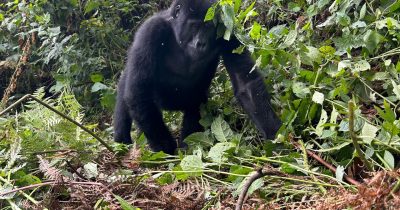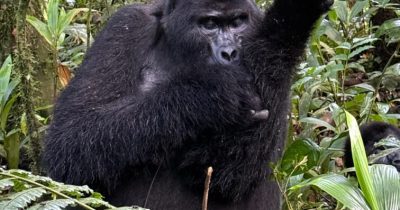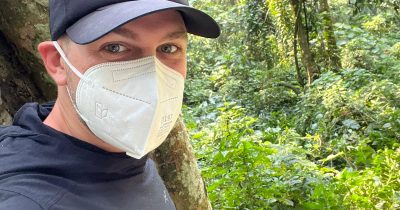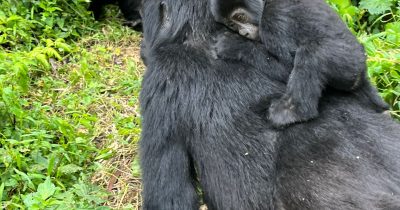Gorilla Trekking in Rwanda: How Many People Are Allowed Per Day?
Are you considering gorilla trekking in Rwanda? It’s essential to understand how many people are allowed to visit the gorillas per day, how the permit system works, and why strict limits are in place to protect these endangered primates. Gorilla trekking is a unique opportunity for primate lovers to connect deeply with endangered mountain gorillas. Encountering these magnificent creatures in their natural environment can stir intense emotions and create unforgettable memories. However, such transformative experiences come with the responsibility to protect the gorillas and their ecosystem, preventing harm and any alterations in their behavior. This is a cause we all must be part of. One common question when discussing gorilla trekking protocols is, “Gorilla Trekking in Rwanda: How Many People Are Allowed Per Day?”
In this blog, we will explore Gorilla Trekking in Rwanda: How Many People Are Allowed per Day, why this limit is crucial for conservation, and what it means for your trekking experience.

Why are only eight visitors permitted to track mountain gorillas daily in Rwanda?
The presence of people near mountain gorillas in their natural habitat can have adverse effects on them. Even a group of just eight visitors can disturb these magnificent animals, leading to changes in their behavior. These changes can include decreased feeding time, seeking refuge in dense vegetation, and increased stress levels. Moreover, larger groups can exacerbate the impact significantly. They may experience stress from noise pollution, disrupted routines, and the risk of disease transmission. So, are gorilla trekking experiences safe for travelers? Indeed, they are! This article provides detailed insights into the reasons for limiting the number of people allowed to track mountain gorillas in Rwanda daily.
-
Restricting visitor numbers reduces disruptions.
Capping daily visitors tracking the Giant Apes in Volcanoes National Park at eight helps minimize disturbances due to overcrowding. This will enable the endangered species to relax and lessen the adverse effects on their health, behavior, and survival.
Disturbances to mountain gorillas should be avoided as they can alter their behavior, such as decreasing feeding time or seeking refuge in dense vegetation. This helps lower their stress levels and ensures they can rest, play, feed, and groom each other without disruption.
-
The number of visitors is restricted to minimize the risk of disease transmission.
Limiting the number of visitors also helps reduce the risk of disease transmission by minimizing crowding and stress, which can weaken immune systems and increase susceptibility to illness. Fewer visitors in the mountain gorilla’s natural habitats lead to less chance of direct interaction with these Giant Apes, ultimately lowering the spread of pathogens. It is important to remember that these magnificent animals share up to 98.2% of their DNA with humans, making them vulnerable to various human diseases such as colds, flu, and measles. This is a risk that no primate enthusiast or conservationist is willing to take. Therefore, adhere to the guideline of having no more than eight visitors observe a habituated gorilla family in Rwanda’s Volcanoes National Park. Avoid joining larger groups with friends, as it may exceed the allowable limits.
-
Reduces human impact on plant and animal life
Another reason for restricting the daily number of people tracking mountain gorillas is to lessen the adverse effects travelers may have on the Park’s flora and fauna. This approach supports better habitat regeneration and the maintenance of biodiversity, leading to a healthier natural environment. Moreover, with fewer visitors, there is reduced trampling of vegetation, enabling the Park’s flora to recover and thrive.
Fewer visitors let majestic mountain gorillas forage, play, and rest without human interference. Consider the stress they would face if each gorilla family had to accommodate 20 or 50 visitors. This likely increases stress and aggression, negatively impacting your gorilla trekking experience.
-
Improved gorilla observation experiences
By capping the number of visitors at eight each day, Rwanda ensures an exclusive experience with the gorilla family. This set maximum of daily trackers allows for an intimate and personalized viewing experience, free from crowds, even during peak times. Throughout the year, these gorilla tours provide an optimal viewing experience, enhancing the overall value and making each visitor feel privileged and special.
When is the best time to track gorillas in Rwanda?
Volcanoes National Park has two main seasons: the wet/rainy season from November to May, characterized by heavy downpours, and the dry season from June to October, which features reduced rainfall and easier access to gorilla trekking areas.
To begin with, the highest tourist season usually coincides with the dry season in Volcanoes National Park, leading to clearer skies, less dense vegetation, and fewer disruptions during gorilla trekking excursions. However, calling it the “dry season” doesn’t ensure it will be dry in the usual way. Remember that Volcanoes National Park and its nearby regions are high-altitude forest environments, so some humidity and occasional rain remain common.
The clearer weather typical of the dry season makes gorilla trekking easier and more enjoyable. Fewer downpours also make forest trails more accessible and pleasant.
Tracking mountain gorillas during the dry season has disadvantages, such as a greater influx of visitors, which results in diminished privacy and pristine conditions around the lodge’s communal areas. Additionally, the demand for gorilla permits and accommodations peaks during this time, making it wise to book your safari several months ahead.
Moreover, permits and accommodations are readily available, allowing visitors to discover better booking options and discounts. However, tracking gorillas during the rainy season poses challenges due to muddy and slippery trails, making the experience tougher. Thus, the wet season is perfect for travelers who are okay with some rain and seek a more intimate gorilla trekking experience in this beautiful “Land of a Thousand Hills.”
Conclusively, the number of people permitted to track mountain gorillas in Rwanda daily is limited to 8 to minimize disturbances, reduce the risk of diseases, and ensure visitors enjoy unforgettable gorilla viewing experiences.

